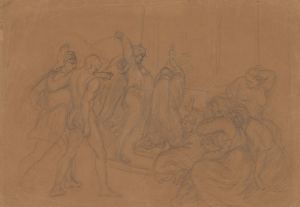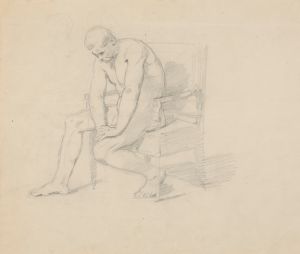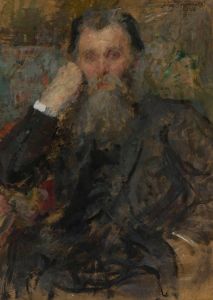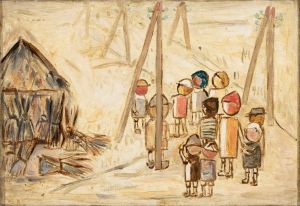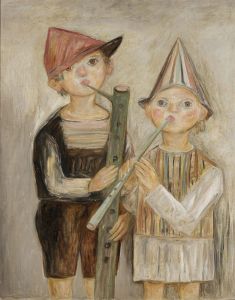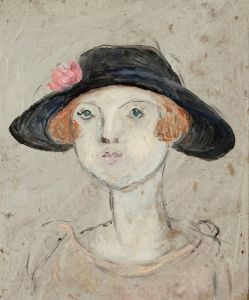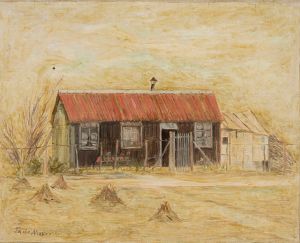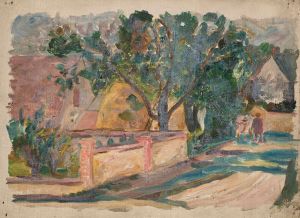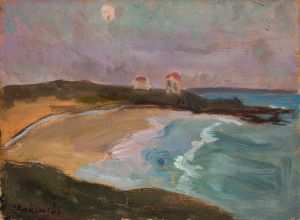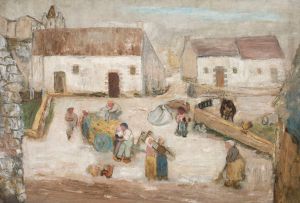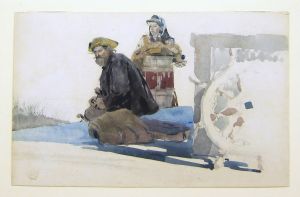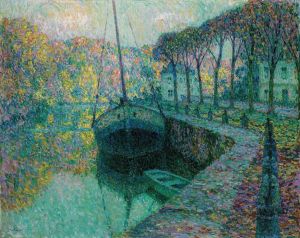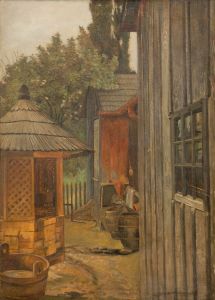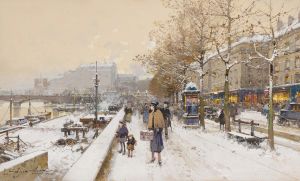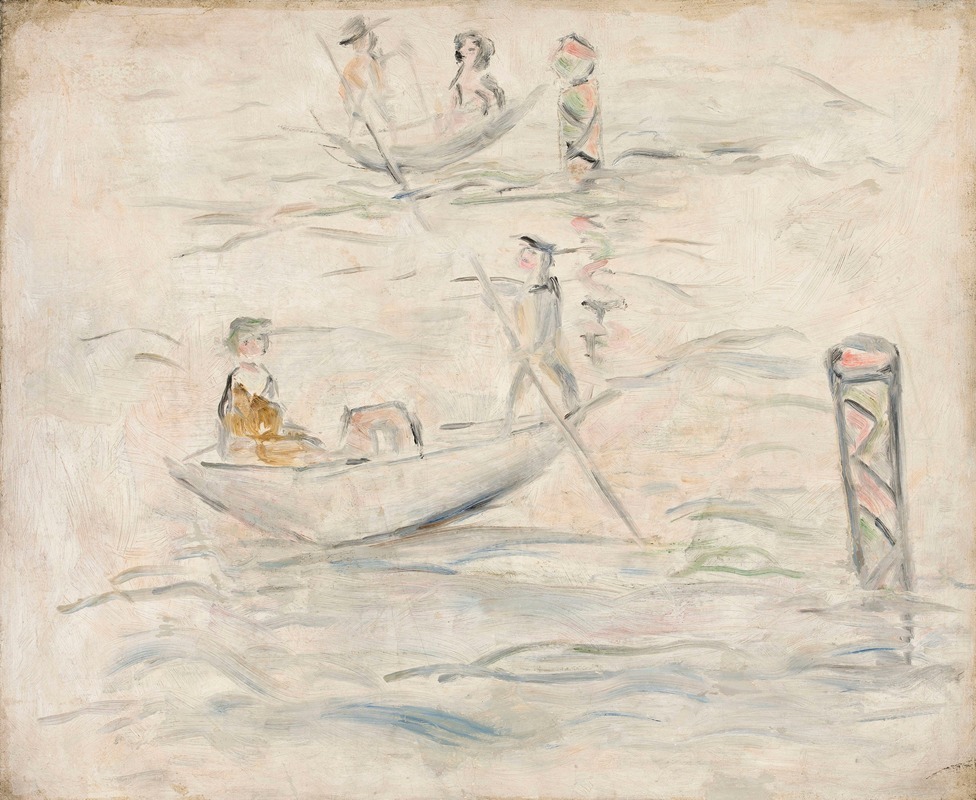
Łódki
A hand-painted replica of Tadeusz Makowski’s masterpiece Łódki, meticulously crafted by professional artists to capture the true essence of the original. Each piece is created with museum-quality canvas and rare mineral pigments, carefully painted by experienced artists with delicate brushstrokes and rich, layered colors to perfectly recreate the texture of the original artwork. Unlike machine-printed reproductions, this hand-painted version brings the painting to life, infused with the artist’s emotions and skill in every stroke. Whether for personal collection or home decoration, it instantly elevates the artistic atmosphere of any space.
Tadeusz Makowski was a Polish painter known for his unique style that combined elements of folk art, symbolism, and modernism. Born in 1882 in Oświęcim, Poland, Makowski studied at the Academy of Fine Arts in Kraków under the tutelage of Józef Mehoffer and Jan Stanisławski. He later moved to Paris in 1908, where he became part of the vibrant artistic community and was influenced by the works of artists such as Paul Cézanne and the Cubists.
One of Makowski's notable works is "Łódki" (translated as "Boats"), which exemplifies his distinctive approach to painting. Although specific details about the creation and exhibition history of "Łódki" are limited, the painting is representative of Makowski's broader body of work, which often features simplified forms and a focus on everyday subjects.
Makowski's style is characterized by a blend of geometric shapes and a muted color palette, which he used to convey a sense of simplicity and innocence. This approach is evident in "Łódki," where the depiction of boats is rendered with a childlike quality, emphasizing form over intricate detail. The painting reflects Makowski's interest in capturing the essence of his subjects rather than their realistic representation.
Throughout his career, Makowski was deeply inspired by the innocence and purity of children's art. This influence is apparent in "Łódki," as the boats are portrayed with a whimsical and almost naive quality. The painting's composition is balanced and harmonious, with the boats arranged in a way that guides the viewer's eye across the canvas. Makowski's use of color is subtle yet effective, with soft blues and earthy tones that evoke a sense of calm and tranquility.
Makowski's work, including "Łódki," often explores themes of nostalgia and the passage of time. His paintings frequently depict scenes from rural life, drawing on his memories of childhood and the Polish countryside. This connection to his roots is a recurring motif in his art, providing a sense of continuity and cultural identity.
Despite spending much of his life in France, Makowski maintained strong ties to his Polish heritage, which is reflected in his choice of subjects and artistic sensibilities. His work gained recognition both in Poland and internationally, and he participated in numerous exhibitions throughout his career. Makowski's paintings are held in various collections, including the National Museum in Warsaw and the Musée National d'Art Moderne in Paris.
Tadeusz Makowski passed away in 1932, leaving behind a legacy of work that continues to be celebrated for its unique blend of modernist techniques and folk art influences. "Łódki" remains an important example of his artistic vision, showcasing his ability to transform simple subjects into profound expressions of emotion and memory.





